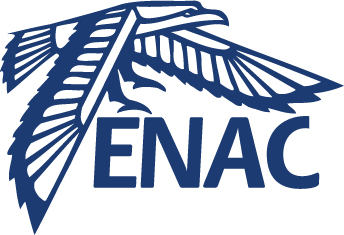Dual-Horizon Reciprocal Collision Avoidance for Aircraft and Unmanned Aerial Systems
Résumé
The aircraft conflict detection and resolution problem has been addressed with a wide range of centralised methods in the past few decades, e.g. constraint programming, mathematical programming or metaheuristics. In the context of autonomous, decentralized collision avoidance without explicit coordination, geometric methods provide an elegant, cost-effective approach to avoid collisions between mobile agents, provided they all share a same logic and a same view of the traffic. The Optimal Reciprocal Collision Avoidance (ORCA) algorithm is a state-of-the art geometric method for robot collision avoidance, which can be used as a Detect & Avoid logic on-board aircraft or Unmanned Aerial Vehicles. However, ORCA does not handle well some degenerate situations where agents operate at constant or near-constant speeds, which is a widespread feature of commercial aircraft or fixed-winged Unmanned Airborne Systems. In such degenerate situations, pairs of aircraft could end up flying parallel tracks without ever crossing paths to reach their respective destination. The Constant Speed ORCA (CS-ORCA) was proposed in 2018 to better handle these situations. In this paper, we discuss the limitations of both ORCA and CS-ORCA, and introduce the Dual-Horizon ORCA (DH-ORCA) algorithm, where two time horizons are used respectively for short-term collision avoidance and medium-term path-crossing. We show that this new approach mitigates the main issues of ORCA and CS-ORCA and yields better performances with dense traffic scenarios.
Mots clés
| Origine | Fichiers produits par l'(les) auteur(s) |
|---|
